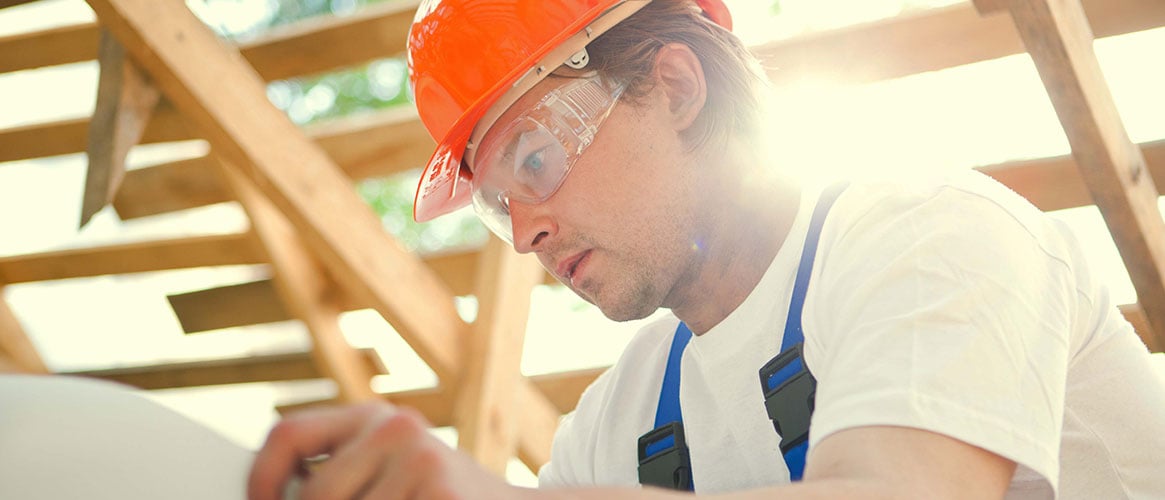Many workers say that worrying about their skin doesn’t rank very high on their list of priorities. However, those who spend all or even part of their workday outdoors face several risk factors year round including sunburn, skin cancer, and eye damage because of overexposure to ultraviolet radiation (UVR).
What your employees need to know about working under the sun
The most dangerous time of the day is between 10 a.m. and 4 p.m. when the sun’s rays are strongest. Working around reflective or hot surfaces and equipment compounds the danger of overexposure to the sun.
Avoiding the sun may seem like the easiest solution, and if there is work that can be done indoors during the peak sun exposure hours, that is a good solution. You not only protect your employees from UVR exposure, but also from heat illness.
Moving work operations indoors for six hours per day, every day is not always an option–especially in industries like agriculture and construction. Those working outside must protect themselves from the elements to avoid the risk factors that come with UVR exposure.
What your employees need to do for sun protection
Use sunscreen. Not just any kind, but one with a sun protection factor (SPF) of at least 30. The American Cancer Society recommends applying sunscreen to all body surfaces not covered with hair, a hat, or clothing, about 20 minutes before going outside. If you perspire heavily or work around water, use a waterproof sunscreen and reapply periodically.
Cover exposed areas. Sweltering temperatures can lure workers into unsafe sun behavior. Many workers complain that it’s too hot to wear pants and long-sleeved shirts. Instead, they choose shorts, tank tops, or go shirtless. The body of the less-dressed becomes a target for the burning sun. To help prevent burning, wear lightweight, tightly woven, opaque clothing.
Wear a wide-brimmed safety hat. This protects your head and face from direct sunlight. It should protect the ears, neck, temples, and lower face. A bandana worn around the neck provides further protection.
Wear sunglasses. Outdoor workers often overlook UVR damage to the eyes, yet the eyes are six times more sensitive than skin to ultraviolet radiation. Sunglasses or other protective eyewear is a must. Ultraviolet light increases the risk of cataracts and photokeratitis. Make sure employees wear sunglasses that block out UVR rays. This type of protection is particularly important if working around water.
What to cover at your safety meeting about working in the sun
While many workers may not rank taking care of their skin as a top priority, take the time during your safety meeting to remind them of the risk of skin cancer. Additional steps include:
- Explain why sunscreen is needed and why they should use an SPF of at least 30.
- Have sunscreen available and let your employees know where to keep it. Remind employees to reapply throughout the day.
- Also discuss the appropriate clothing and the importance of wearing hats and sunglasses to further minimize UV exposure.
And while the sun’s rays are strongest in the spring and summer, employees are actually at risk throughout the year. Clouds, wind, or other weather conditions, and shiny or reflective surfaces like water or metal, can intensify the sun’s ability to burn the skin.
Check the weather forecast each day—both for that day and for the days to come. This way, you’re prepared for what’s come and can take the appropriate precautions to protect your workers by reducing their exposure to UV radiation.

